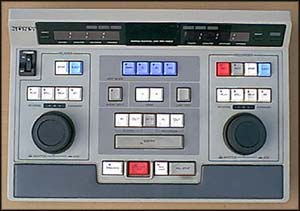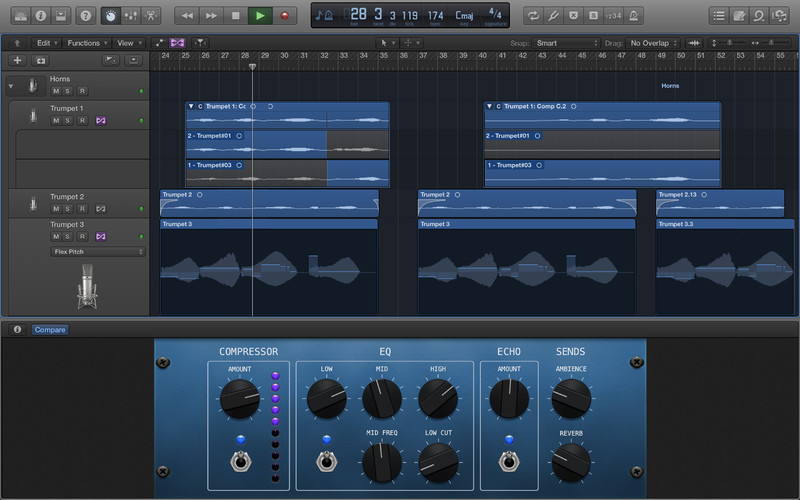
In Cubase, it’s called, not surprisingly, the Drum Editor. Many DAWs also provide a specialized editor interface for MIDI drum parts. The notes in the list are shown as slashes going from left to right as time elapses, and top to bottom with each successive note: The Cubase List Editor. You can also select notes and events directly from the event list.Ĭubase’s List Editor is unusual in that it also provides a graphic section. In many DAWs (including Cubase), if you select an event in any other MIDI editor (such as a piano roll), you’ll also find it highlighted in the event list, where you can input changes numerically to any of the fields. This lets you edit events precisely, using numeric values. (In Cubase, it’s referred to as the List Editor.) The basic idea is to display a list of every MIDI event, including note-ons and note-offs, as well as Velocity and controller events such as Pitch Bend or Modulation. Other ViewsĪnother type of MIDI editor offered by many DAWs is called an event list. Just select the note or notes you want to transpose and drag them up or down until they’re at the desired pitch. Transposing MIDI notes is simple in a piano roll editor too. Additionally, you can also drag on one end of a note to lengthen or shorten its duration. In this editor, you can use standard cut, copy and paste operations to manipulate notes, or you can click on a note (or notes) and drag it to another location or another pitch. Elapsed time (usually expressed in bars and beats) is shown on the horizontal axis, while note pitches are shown on the vertical axis, with the duration of notes corresponding to their length. The concept is relatively simple: MIDI notes and data are displayed on a grid, somewhat reminiscent of a old-fashioned player piano roll, hence the name. The most commonly used and versatile MIDI editor is known as the piano roll (in Steinberg Cubase, it’s called the Key Editor).
#Pro controller editor how to#
In this article, we’ll look at some of the most common ones, and show you how to use them. Every DAW gives you plenty of options for viewing, changing and perfecting your MIDI tracks.

In addition to their sonic flexibility, MIDI recordings are freely editable. Because MIDI recordings consist only of data that tells your DAW which note to play and when (along with other performance-related information), you can assign any MIDI track to any virtual instrument in your DAW, or to a connected MIDI synthesizer or drum machine. Among other things, it gives you the ability to record performances into your DAW from a connected MIDI keyboard or other “controller” instrument. This solved it for me - the playhead now moves forward and backward 1 bar with each step of the knob, depending on if its moved clockwise or counter clockwise.MIDI (short for “Musical Instrument Digital Interface”) is a digital “language” that allows electronic instruments to control each other and communicate with computers. Playhead moving backward, Multiply = -1.00 The key difference here was to assign different Multiply values for each assignment:.Here are the assignment values they both share:.
#Pro controller editor pro#


Here are the steps I took to program the Maschine MK2 Control Encoder (Master Knob) to serve as a Playhead control in Logic Pro X.
#Pro controller editor trial#
However I was able to figure it out (for my purposes) through trial and error. Absolute / Scaled modes result in the Playhead jumping to a set position 20 secs or so before 1.1.1.1.


 0 kommentar(er)
0 kommentar(er)
